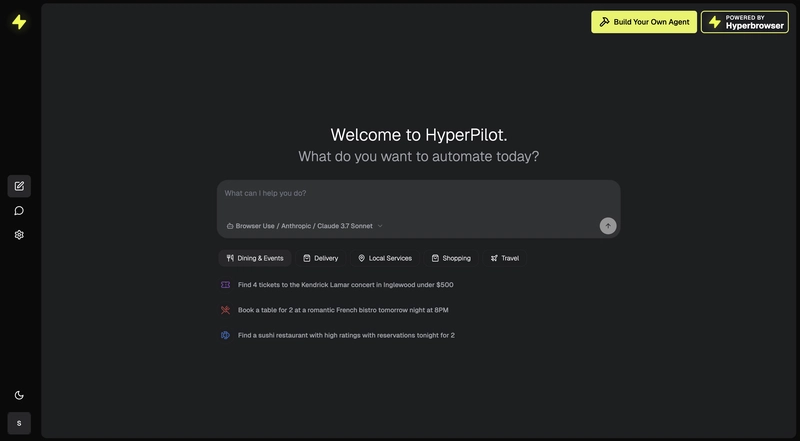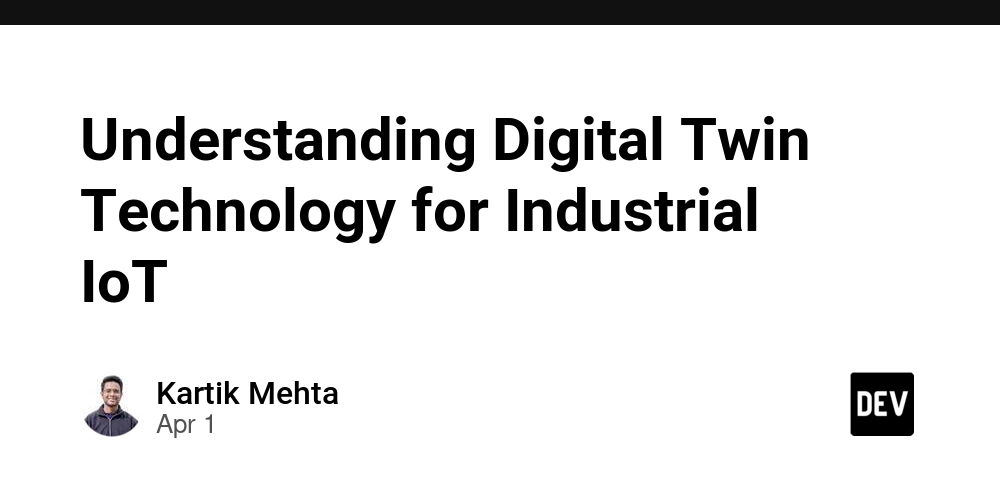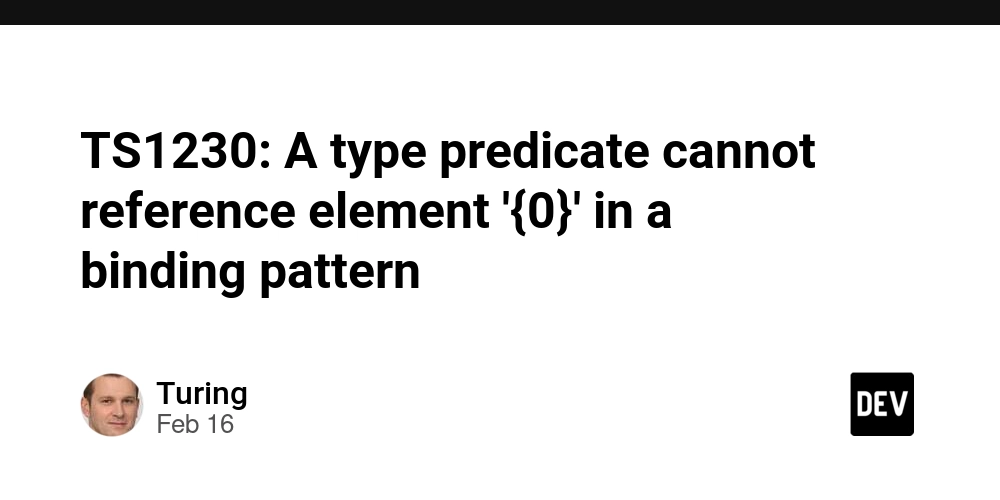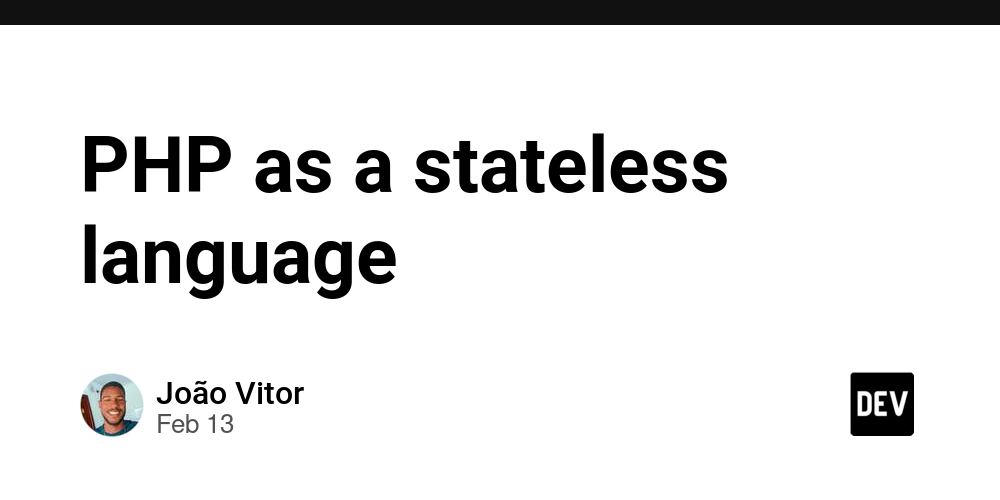Architectural Approaches for Comprehensive Educational Institution Management Systems
Introduction This explores architectural approaches for developing a Comprehensive Educational Institution Management System (EIMS), addressing features such as registration, enrollment, marksheet management, payments, attendance tracking, LMS, and communication tools. It compares two models: Common Approach (tightly integrated, static structure). 2. Modular Component-Based Architecture with Hierarchical Node Mapping (flexible, scalable, decoupled system). 1. Common Approach Directly aligns with institutional hierarchy (departments, courses, roles). Fixed role-based access control (RBAC), predefined permissions. Pros: Simpler initial development, efficient data retrieval. Cons: Rigid structure, high maintenance, difficult to scale. **2. Modular Component-Based Architecture with Hierarchical Node Mapping Decoupled & dynamic: Independent "Forms" (modules) operate within a hierarchical "Node" structure (menu system).** Flexible access control: User groups and permissions adapt dynamically. Key Features: Hierarchical Nodes: Represents organizational units (departments, programs). Modular Forms: Independent applications (e.g., registration, payments). Access Control: Fine-grained user privileges based on node relationships. Pros: Highly flexible, scalable, reduced maintenance. Cons: Initial complexity, performance optimization needed. Comparative Analysis Common Approach Flexibility: Low; requires direct code updates for structural changes. Scalability: Difficult; adding new entities involves significant rework. Maintenance: High; frequent updates needed to align with institutional changes. Performance: Initially optimized due to direct mappings but less adaptable. Modular Component-Based Architecture Flexibility: High; changes managed dynamically through the node hierarchy. Scalability: Seamless; new features or modules can be added easily. Maintenance: Low; isolated updates minimize disruptions and reduce technical intervention. Performance: Requires optimization to efficiently handle abstraction laye Conclusion The Common Approach suits static institutions with minimal changes, while the Modular Component-Based Architecture is ideal for scalable, dynamic institutions. The latter reduces long-term maintenance, supports seamless feature integration, and allows flexible privilege management—making it the preferred choice for evolving educational environments.
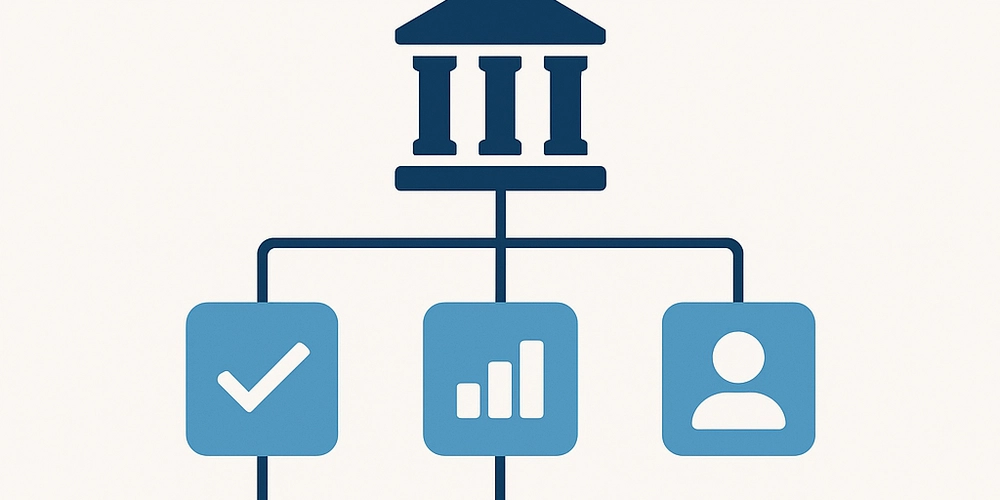
Introduction
This explores architectural approaches for developing a Comprehensive Educational Institution Management System (EIMS), addressing features such as registration, enrollment, marksheet management, payments, attendance tracking, LMS, and communication tools. It compares two models:
- Common Approach (tightly integrated, static structure).
2. Modular Component-Based Architecture with Hierarchical Node Mapping (flexible, scalable, decoupled system).
1. Common Approach
- Directly aligns with institutional hierarchy (departments, courses, roles).
- Fixed role-based access control (RBAC), predefined permissions.
- Pros: Simpler initial development, efficient data retrieval.
- Cons: Rigid structure, high maintenance, difficult to scale.
**2. Modular Component-Based Architecture with Hierarchical Node Mapping
- Decoupled & dynamic: Independent "Forms" (modules) operate within a hierarchical "Node" structure (menu system).**
- Flexible access control: User groups and permissions adapt dynamically.
Key Features:
Hierarchical Nodes: Represents organizational units (departments, programs).Modular Forms: Independent applications (e.g., registration, payments).Access Control: Fine-grained user privileges based on node relationships.Pros: Highly flexible, scalable, reduced maintenance.
Cons: Initial complexity, performance optimization needed.
Comparative Analysis
Common Approach
Flexibility: Low; requires direct code updates for structural changes.
Scalability: Difficult; adding new entities involves significant rework.
Maintenance: High; frequent updates needed to align with institutional changes.
Performance: Initially optimized due to direct mappings but less adaptable.
Modular Component-Based Architecture
Flexibility: High; changes managed dynamically through the node hierarchy.
Scalability: Seamless; new features or modules can be added easily.
Maintenance: Low; isolated updates minimize disruptions and reduce technical intervention.
Performance: Requires optimization to efficiently handle abstraction laye
Conclusion
The Common Approach suits static institutions with minimal changes, while the Modular Component-Based Architecture is ideal for scalable, dynamic institutions. The latter reduces long-term maintenance, supports seamless feature integration, and allows flexible privilege management—making it the preferred choice for evolving educational environments.










